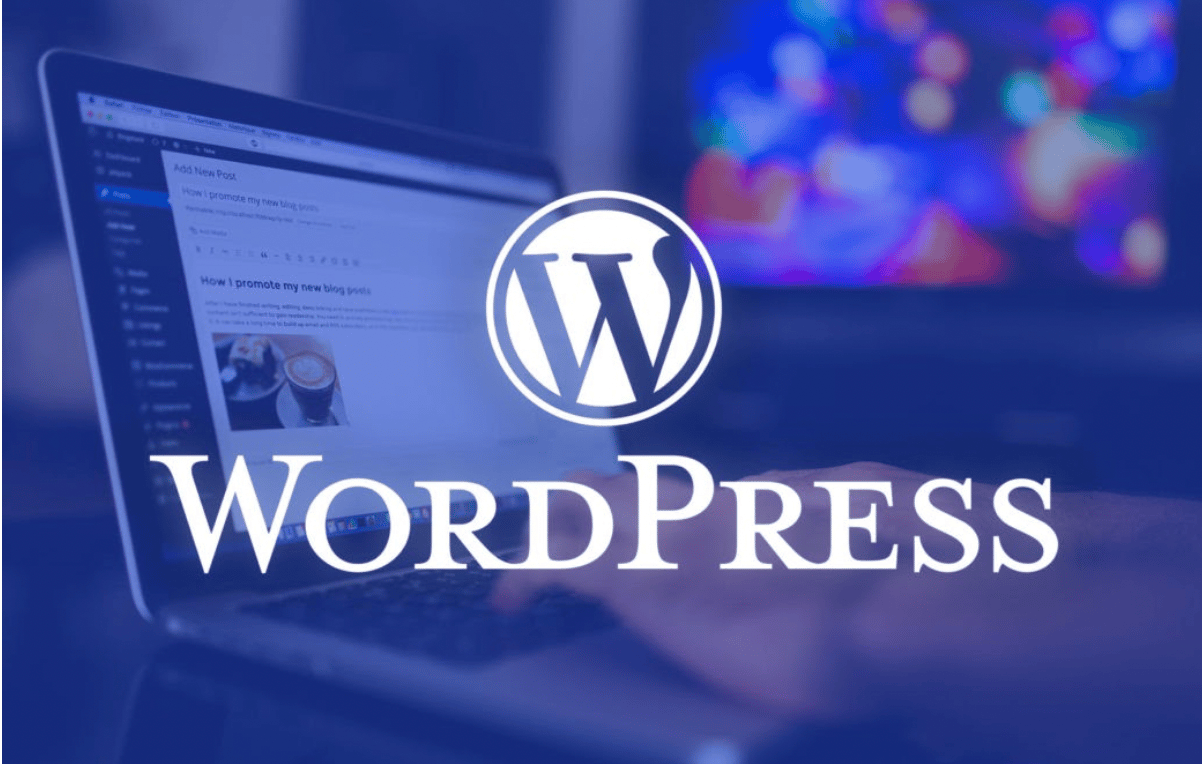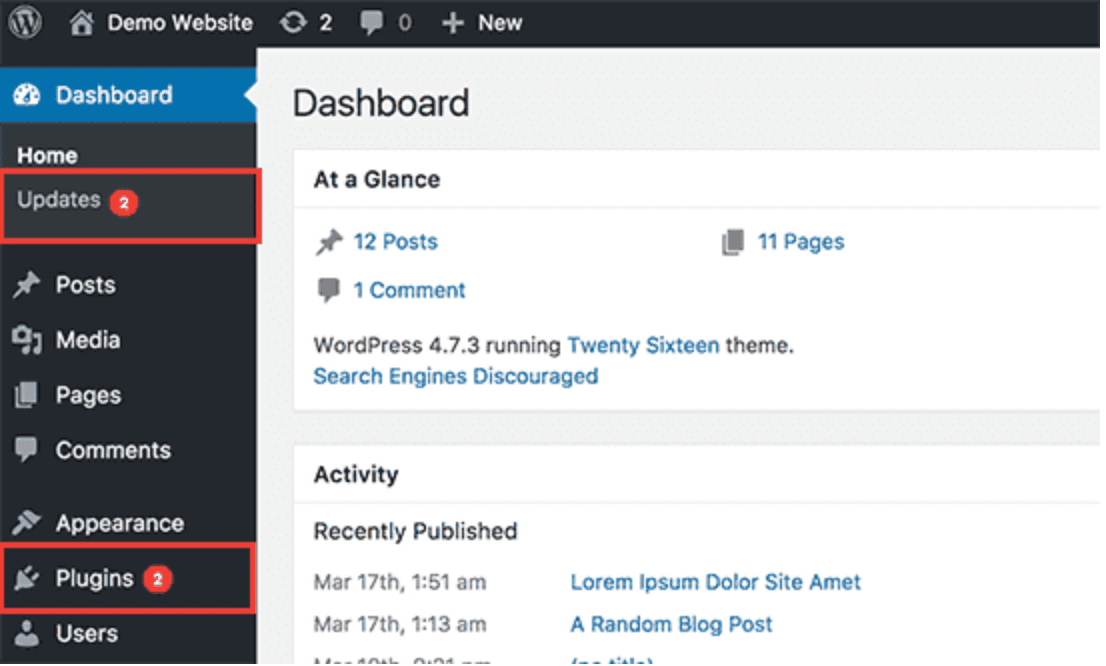
The website development process does not end with its deployment. For the site to keep functioning optimally and correctly, it needs consistent maintenance and monitoring actions. From updates to bug reports and troubleshooting, you must take care of each aspect to sustain the website’s productivity.
This requires proper planning and a concrete task list to be followed regularly. That is where a WordPress maintenance plan comes in. If you can include the right things in this plan, your website will always remain updated, secure, and optimised.
With over 680,000 active installs powering all manner of websites, the positive divi theme reviews stem from its balance of design flexibility for lay users with extended functionality for developers needing more advanced options.
Why Do You Need a WordPress Maintenance Plan?
Any business depends greatly on its online presence and performance. Thus, its website has to be smooth, fast, efficient, and reliable. WordPress offers all of these features at practically no cost, but it needs a solid maintenance plan to keep up the good work year after year.
This is because the WordPress platform is a sophisticated database-driven system that involves a lot of source code and components. These need consistent maintenance for security, stability, and efficiency.
A WordPress maintenance plan consists of a list of areas or services that need to be maintained for better performance. This may include backups, migrations, security updates, content revamping, and so on.
An ideal maintenance plan removes redundancy and finetunes all the cogs in the system to ensure:
- Better security of the site and its content
- A smoother user experience, with high loading speed and media support
- An updated website in all aspects
- Easier customization options that let your website evolve with time
8 Crucial Things to Include in Your WordPress Maintenance Plan
Your WordPress maintenance plan can be customised based on your business needs. However, there are a few important aspects that must be included. We will cover eight such things to include in your WordPress maintenance plan.
Theme and Plugin Updates
Your WordPress theme and plugins need regular updates. These updates ensure security, more advanced features, and higher compatibility. Any existing bugs can also be fixed with a new update. Thus, one of the most important steps in your plan is to perform an update of your website’s theme and plugins.
If you have a custom or premium theme installed, your update process may be a little different. But in any case, you should always keep a backup before performing updates. It is also advisable to test the theme before adding the update to a live site. You can test it on a staging environment so that any errors or issues can be detected early.

Along with themes, plugins require consistent monitoring. Sticking to older versions can lead to slower speed, compromised security, and suboptimal performance, which will affect your website’s user experience.
WordPress Core Update
WordPress core is a set of files that store and enable the website’s key functionalities. It is stored on your computer as a folder. Since many small components make up the core of WordPress, these files need some updates and maintenance.
WordPress developers constantly improve features, fix bugs, address security issues, and roll out updates. Thus, you must ensure your core files are regularly updated. This is important to ensure your website works accurately and your data is not lost.
Domain Expiration
The domain name of your website is its backbone. It gives you an identity and your users access to your business. Therefore, you must periodically check whether the domain name is still valid. If you do not renew the domain name on time, someone else may end up buying it and you will lose the entire effort that you put into building the website.
While creating a WordPress maintenance plan, make sure you include a step to check the domain name validity and expiration date. It is also a good idea to enable automatic reminders to renew the domain at specific intervals.
Website Backup and Passwords
Arguably, having a backup of your website is more important than installing the latest updates. Your website has a lot of code, information, media, and labor involved. To ensure all these remain secure, you must back up everything periodically.
This is in preparation for the worst case scenario where your website crashes or you lose all your information due to a hacker attack or hosting issues. Crashes can also occur during an update, so it is essential to perform a backup of all your files at a regular interval. This way, you can restore any information you lose. There are several WordPress plugins that support automatic backups.
Another step in your security plan should be changing your passwords regularly. Keeping a simple password or sticking to the same password for years may lead to a drastic increase in your website’s vulnerability.
Hence, make it a habit to change your WordPress password regularly, remove access privileges from old or expired accounts, and reset all passwords if you suspect a breach.
Contact Forms
The sales life cycle of your business is greatly associated with your website. As part of your maintenance plan, ensure you check whether your contact form is working perfectly. Any errors in the contact form will make you lose leads and thus revenue.
This step is very simple to check. Simply use the form as a random user would, by submitting your information and checking if all buttons work correctly. After completing the registration or submission process, check if you receive a confirmation email and also if the lead information has been recorded at the backend.
By doing this, you can ensure all the leads are being captured accurately, which is crucial for your business.
Read Also: How to Migrate From WooCommerce to Shopify
Site Speed
A slow website is one of the biggest turn-offs for a potential customer. A high loading speed affects factors like:
- User experience
- Number of visitors
- SEO
- Search rankings
- Customer satisfaction
- Brand reputation
Thus, your site’s speed must be checked and optimized while maintenance activities are being carried out. If your website becomes slow, identify which areas need performance improvement and optimize accordingly.
Broken or Expired Links
Broken or expired links are links that are no longer active or throw some error when clicked. Broken links can appear due to deleted websites, moved web pages, or changes in the permalink structure.
Having broken links on your website is detrimental to SEO and also degrades the user experience. It affects your search rankings significantly. That is why your WordPress maintenance plan must have a link-checking step.
There are plugins that detect faulty links and automatically remove them. You can also edit or change links with plugins for a better website performance.
Vulnerability Check
The online world is full of threats and hackers. Your website needs to be protected from any such attacks or security breaches. For that, you must do regular scans to check for unusual or unintentional activities.
Plugins like Wordfence examine your WordPress files and identify vulnerabilities, if any. You can detect malicious code and URLs, hacking traces, unknown files, and much more this way. Such plugins also identify impending problems or issues that require immediate attention.
To complete a maintenance schedule successfully, this step must never be skipped.
Conclusion
An efficient WordPress maintenance plan considers all aspects of the website and includes all such activities that can hamper performance and user experience. You can customise this list based on your website type and business needs. The maintenance steps can be performed independently or through a WordPress development agency for optimal results.